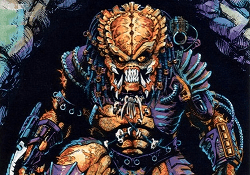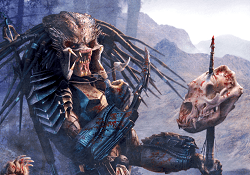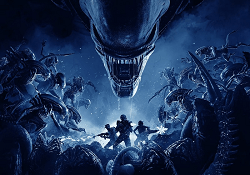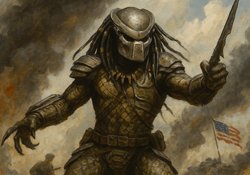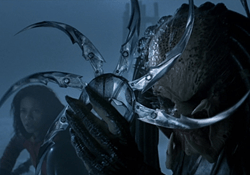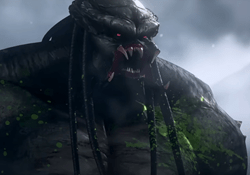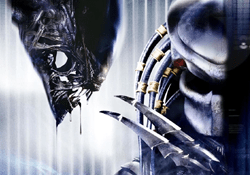Predators In World War 2: A Brief History
The Predators are driven by the thrill of the hunt, and are especially interested in both heat and conflict. While much of the Predator activity has remained hidden, various sources—both canonical and expanded—suggest Predator presence during major human conflicts. This article examines evidence and lore suggesting Predator involvement in World War 2, building on prior appearances in historical wars, such as World War 1. Unsurprisingly, the Predator does not choose sides and has slaughtered both Allied and Axis forces alike. World War 2 will also be included in the animated Predator: Killer Of Killers anthology movie.
Predators In World War 1

Predator activity during the First World War is documented in the comic Predator: Bloody Sands of Time. The story follows a Yautja hunting across the Western Front, indiscriminately targeting soldiers from both sides. French troops reportedly witnessed the Predator kill men in no man's land and inside trenches. Their reports were dismissed as madness due to the creature’s bizarre appearance and tactics. One notable moment features the Predator destroying a British Mark I tank. It was later injured by a mustard gas attack but survived. In the final scenes, the Predator decapitates a disbelieving French general, taking his head as a trophy.

Predator And Nazi Gold

Though absent from the European battlefields, Predator activity during World War 2 has been linked to South America. The stylish black and white comic Predator: Demon's Gold details a Yautja encounter with a group of nasty SS soldiers. These Nazis sought ancient treasure to support Germany's war effort. They kidnapped a boy from a nearby village and forced him to guide them to a sacred cave. Inside, instead of gold, the soldiers met a Predator. The Yautja slaughtered the entire unit in quick order and took the SS commander’s head as a trophy. The boy survived, and his tale became local legend.
Predator In Iwo Jima
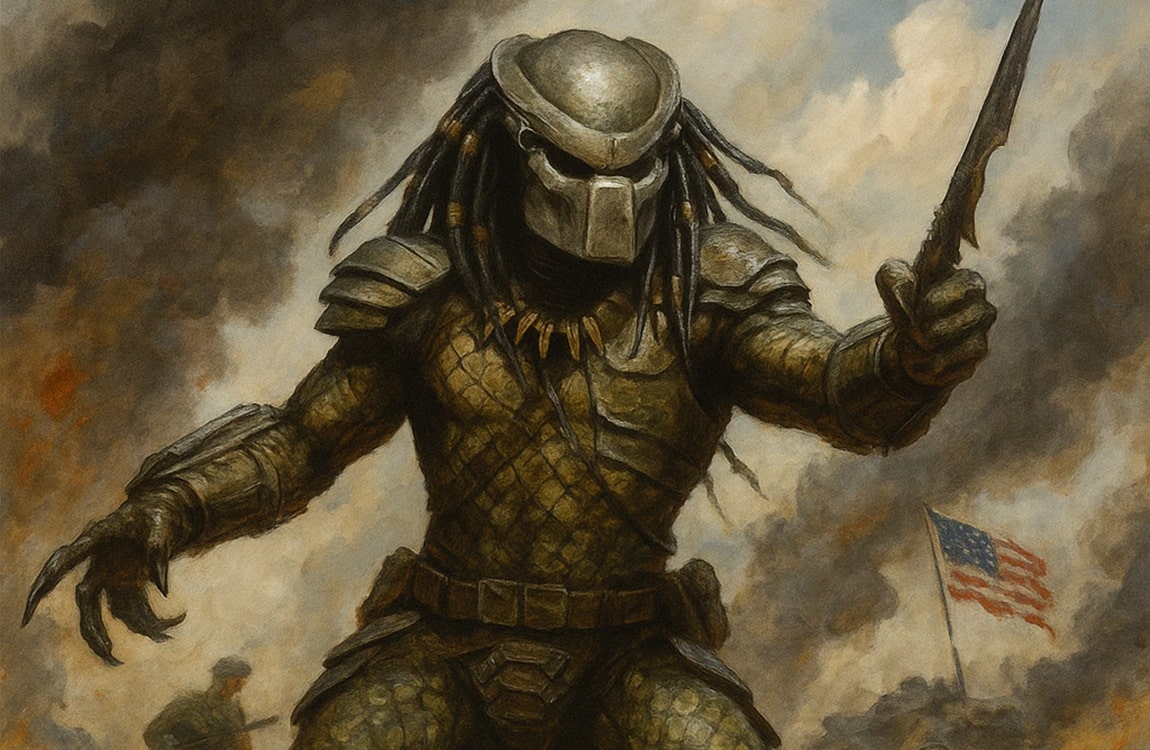
In Predator 2, Special Agent Peter Keyes, portrayed by Gary Busey, reveals that the government has been aware of the Predators for some time. He specifically mentions a sighting during the Battle of Iwo Jima, one of the bloodiest confrontations of World War 2. Although no visual records exist, Keyes implies that a Predator was observed operating during the conflict. This suggests the Yautja found the Pacific Theater's intense close-quarters combat and high casualty rate to be ideal hunting grounds. The reference, though brief, is one of the earliest canonical nods to Predator involvement in major 20th-century wars.
Greyback's Possible World War 2 Connection
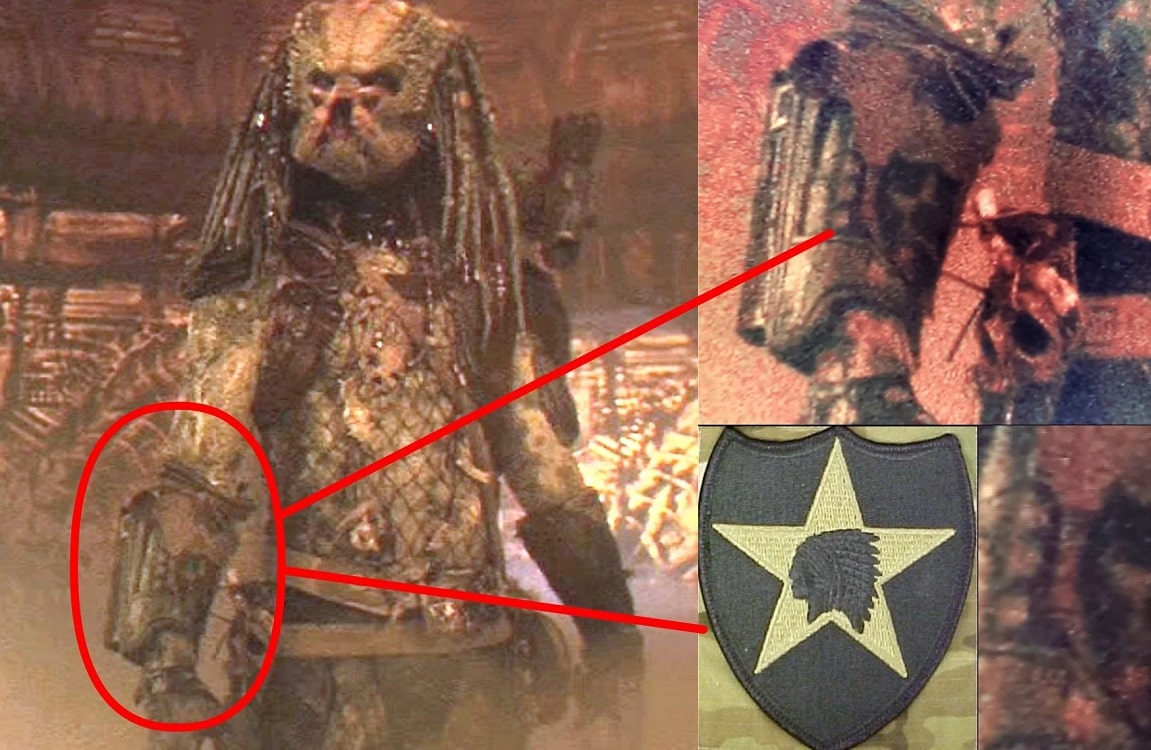
Greyback, an elder Predator introduced in Predator 2, showed signs of having hunted during wartime. A notable detail on his wrist gauntlet included the emblem of the U.S. 2nd Infantry Division—an Indian head. This division served in both World Wars and later in Korea. While the exact origin of this trophy is unknown, fans speculate it may have been taken during World War 2. The symbol's presence supports theories of Predator involvement in multiple 20th-century conflicts. Greyback was a centuries old Predator, and already hunted during the 18th Century, as witnessed by the Raphael Adolini pistol he carried.

Predator Dogfighting In World War 2
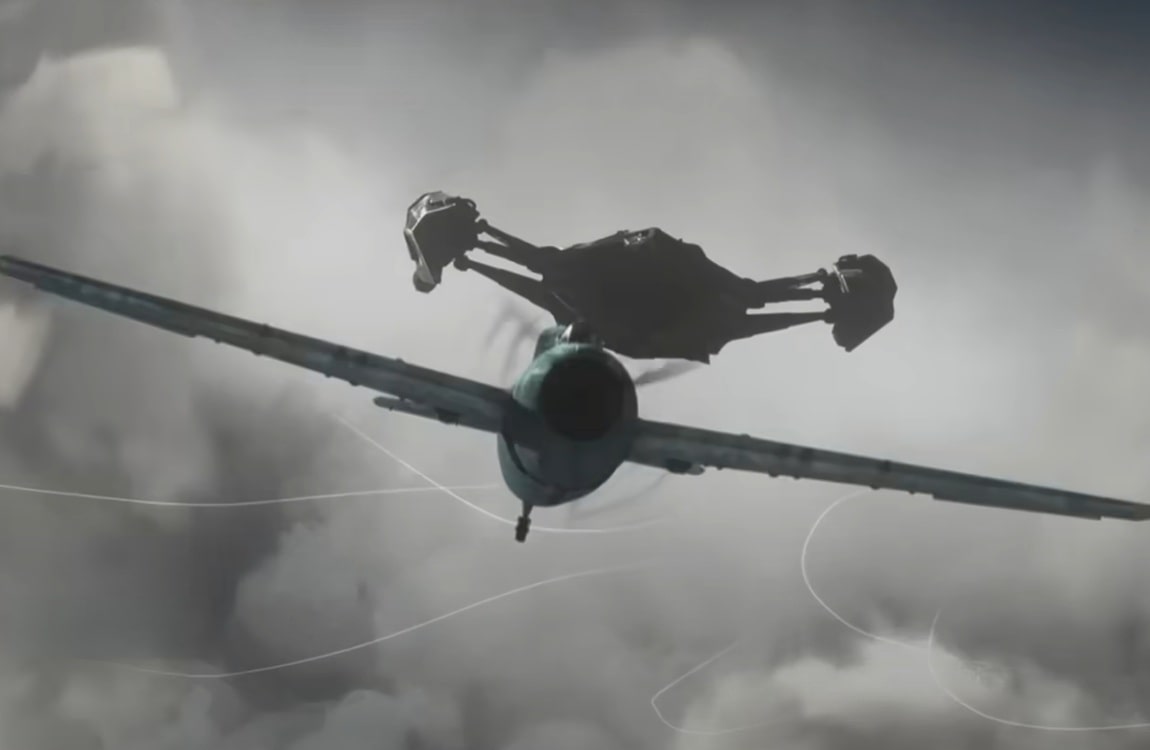
Future franchise entries continue to explore the Predator's historical encounters. The upcoming animated film Predator: Killer of Killers teases Yautja activity in the skies of World War 2. According to the official synopsis, one episode features a WWII pilot investigating a mysterious threat. The trailer reveals dogfights between fighter planes and Yautja spacecraft, piloted by a cyborg-like Predator. While not part of existing canon yet, this supports the idea of aerial engagements between Predators and Allied forces. Most likely, the action will not only include the skies, but there might be a final duel on the ground as well.
Conclusion
The Predator species appears to have maintained an ongoing interest in Earth’s bloodiest conflicts. From trench warfare in World War 1 to jungle hunts against Nazi forces and possible dogfights over Europe, they seek worthy prey. Greyback’s relics and newer media like Killer of Killers expand the Predator timeline across decades and theaters of war. Though most evidence is found in expanded universe material, the implication is clear: Wherever there is war, there is the hunt.
Tag Categories: Predator Hunt



